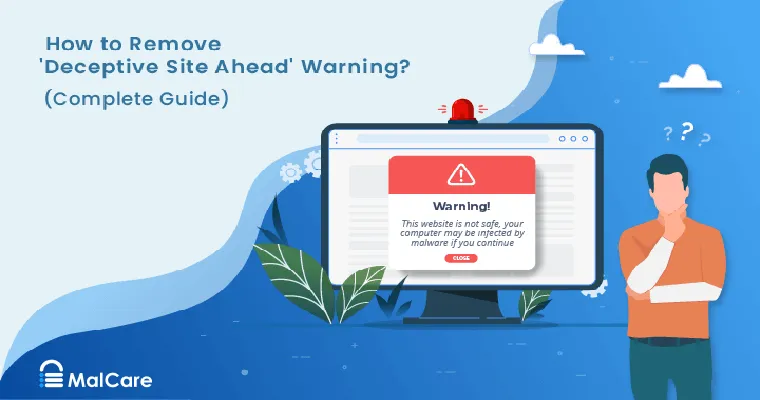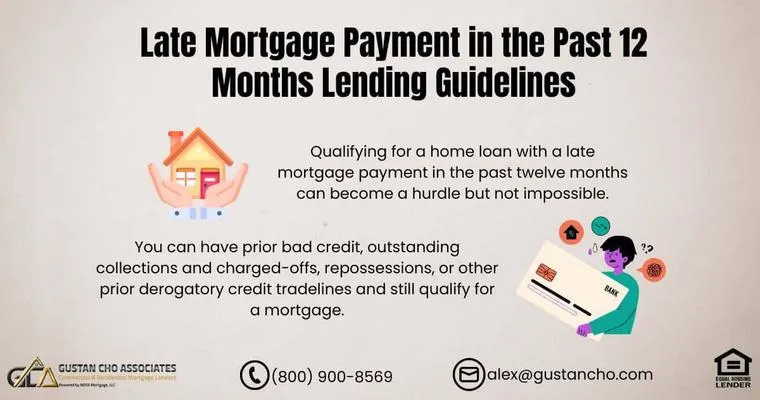In today's digital landscape, encountering a "warning that this site is unsafe" can be alarming. Many users face this issue while browsing the internet, leading to concerns about their "online safety" and the potential risks associated with "cybersecurity threats". If you’ve ever wondered why some websites trigger these warnings and what you can do to protect yourself, you are not alone.
When you come across a message indicating that a site is unsafe, it typically means that your web browser has detected potential "malicious content" or security vulnerabilities. These warnings serve as a protective measure, alerting you to possible dangers such as "phishing attacks", "malware infections", or "data breaches". Understanding the nature of these risks is crucial for maintaining your online safety.
One common misconception is that these warnings are only relevant to certain users or demographics. However, anyone can fall victim to unsafe sites, regardless of their internet experience. Therefore, it is essential to take these warnings seriously and adopt best practices for safe browsing. Here are some key steps you can take:
1. "Check the URL": Look for HTTPS in the website address, which indicates a secure connection. If the site begins with HTTP, it may not be safe.
2. "Use reputable security software": Install antivirus programs that can help protect you from "malware" and alert you to unsafe sites.
3. "Keep your browser updated": Regular updates ensure you have the latest security patches and features to protect against vulnerabilities.
4. "Be cautious with links": Avoid clicking on suspicious links, especially those sent via email or social media. Always verify the source before proceeding.
5. "Read reviews and ratings": Before visiting a new site, research its reputation online. User reviews can provide insight into its safety.
If you see a warning that a specific site is unsafe, consider whether you really need to visit it. There are often alternative websites that provide similar content or services without the associated risks. Your online safety should always come first, and it is wise to err on the side of caution.
In conclusion, while a warning that a site is unsafe may seem concerning, understanding the reasons behind these alerts can empower you to protect yourself online. By adopting safe browsing habits and remaining vigilant, you can significantly reduce your risk of falling victim to cyber threats. Remember, it's not just about avoiding unsafe sites; it's about ensuring that your online experience is secure and positive for everyone.





